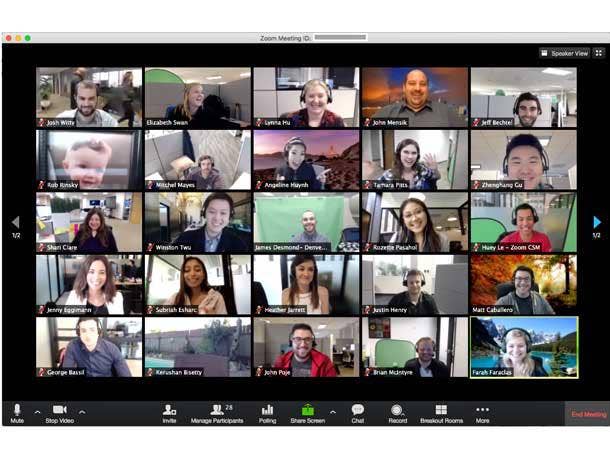Zoom Outages: Services Restored For Majority Of Users
Some users still may be unable to sign up for paid accounts, upgrade or manage their service on Zoom’s website.

Meeting and webinar services have been restored for the majority of Zoom customers, the video conferencing company said in a Twitter update at 12:14 p.m. EST today.
“Thanks for your patience!,” the San Jose, Calif.-based videoconferencing company tweeted. “Meeting and webinar service has been restored for the majority of users. Some of you may still be unable to sign up for paid accounts, upgrade, or manage your service on our website. http://status.zoom.us”
Zoom had reported at 9:50 a.m. that it had identified the problem that resulted in a partial outage preventing users from accessing its meetings and video webinars capabilities today after first acknowledging the kink in its cloud-based offerings about an hour earlier. The company, which has become a vital link for remote workforces and e-learning during the coronavirus pandemic, also has been experiencing problems with the web portal and web client for its website.
The company did not identify what caused the partial outage.
“We are still in the process of deploying a fix across our cloud,” Zoom said in a 12:12 p.m. update on its service status web page. “Meeting and webinar service has been restored for the majority of users. We are continuing to roll out a fix for the remaining users still impacted. Users are also unable to sign up for paid accounts, upgrade or manage their service on the Zoom website.”
As millions of K-12 and university students return to classes -- in many cases virtually -- there inevitably will be added strain on cloud infrastructure and services, layering on top of already record-high usage for business, according to Bobby Beckmann, chief technology officer at Lifesize, an Austin, Texas-based company that offers a 4k cloud videoconferencing platform.
“As critical as cloud communication and collaboration tools have become to getting remote work done and facilitating distance learning, organizations must acutely understand their technology providers‘ architecture, scalability and commitment to reliability as well as have a backup plan in place for if/when outages occur, to ensure minimal disruption to productivity,” Beckmann said.